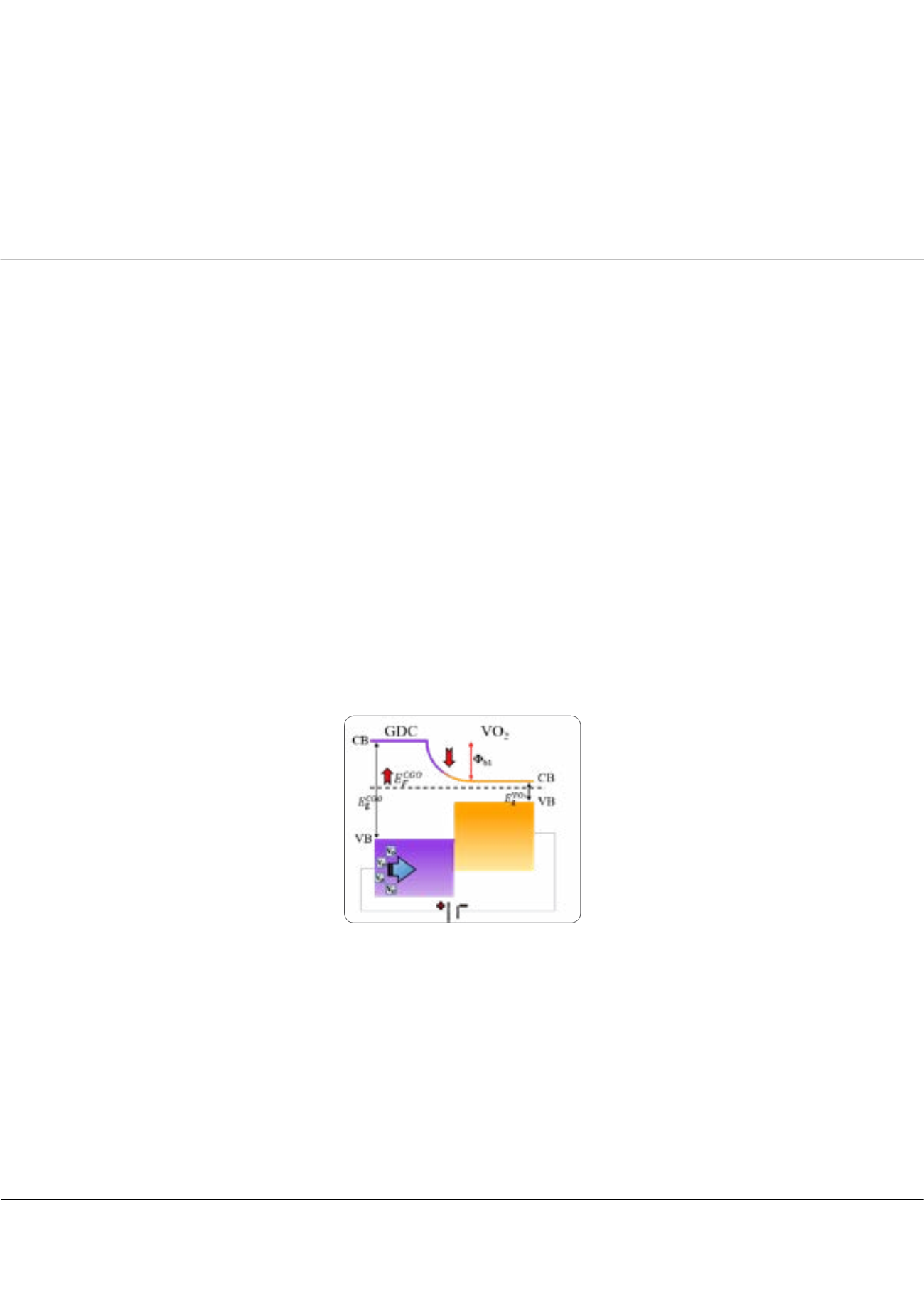

Page 78
conferenceseries
.com
Volume 7
Biosensors Journal
ISSN: 2090-4967
Electrochemistry 2018
June 11-12, 2018
June 11-12, 2018 | Rome, Italy
4
th
International Conference on
Electrochemistry
Ce
0.8
Gd
0.2
O
1.9
/VO
2
memristive devices
Roman Korobko
1, 3
, Yuichi Shigihara
1
, Igor Lubomirsky
3
and
Jennifer L M Rupp
1, 2
1
ETH Zurich, Switzerland
2
Massachusetts Institute of Technology, USA
3
Weizmann Institute of Science, Israel
E
lectrochemical resistive switches operating on ionic carriers, sometimes named memristors, may revolutionize the future
electronics as the next generation building blocks of non-volatile memory and neuromorphic computing replacing
electronically operated classic transistor structures. Despite an extensive research performed on solid oxide materials, the
technology is still immature. Therefore, the exploration in the direction of understanding the mechanisms and adaptation of
novel materials systems is ongoing. In this presentation, we show a study of memristive properties of Ce
0.8
Gd
0.2
O
1.9
/VO
2
thin
film system (Gd-doped ceria (GDC), and V
4+
vanadia). Ceria is a well-studied ionic conductor that tolerates high percentage
of mobile oxygen vacancies. Vanadia, as VO
2
is famous for its metal-insulator transition, an ability to switch the resistance
by several orders of magnitude by change of temperature, electromagnetic fields or mechanical strain beyond a sufficient
transition level. Furthermore, ceria is a wide bandgap (~3 eV) and vanadia is a narrow bandgap n-type semiconductor (0.7 eV).
Combination of these materials in one device seems incompatible for the conventional electronic materials strategy due to the
dissimilar electric/dielectric properties. We show that integrating both oxides in the double layer device yields to synergetic
memristive results, which are uncharacteristic neither for GDC nor for VO
2
as oxide constituents. It was experimentally found
that the conduction and the resistive switching are governed by the mass transport kinetics, which is a function of the applied
voltage, the electric field and the voltage application rate. We suppose that the field-induced transport of oxygen vacancies to
and from the ceria-vanadia interface modifies the electrically variable energy barrier, which tunability is responsible for the
enhanced memristance effect.
Recent Publications:
1. V Venckute, S Kazlauskas, E Kazakevičius, A Kežionis, R Korobko and T Šalkus (2018) High frequency impedance
spectroscopy study on Gd-doped CeO
2
thin films. Ionics 24(4):1153-9.
2. R Schmitt, J Spring, R Korobko and J L M Rupp (2017) Design of oxygen vacancy configuration for memristive
systems. ACS Nano 11:8881-8891.
3. N Yavo, A D Smith, O Yeheskel, S Cohen, R Korobko, EWachtel, P R Slater and I Lubomirsky (2016) Large nonclassical
electrostriction in (Y, Nb)-stabilized δ-Bi
2
O
3
. Adv. Funct. Mater. 26:1138-1142.
4. G Lazovski, O Kraynis, R Korobko, E Wachtel and I Lubomirsky (2015) Optical investigation of oxygen diffusion in
thin films of Gd-doped ceria. Solid State Ion 227:30-37.
5. R Korobko, A Lerner, Y Li, E Wachtel, A I Frenkel and I Lubomirsky (2015)
In-situ
extended x-ray absorption fine
structure study of electrostriction in Gd doped ceria. Appl. Phys. Lett. 106(4):042904.
Roman Korobko et al., Biosens J 2018, Volume 7
DOI: 10.4172/2090-4967-C1-002
















